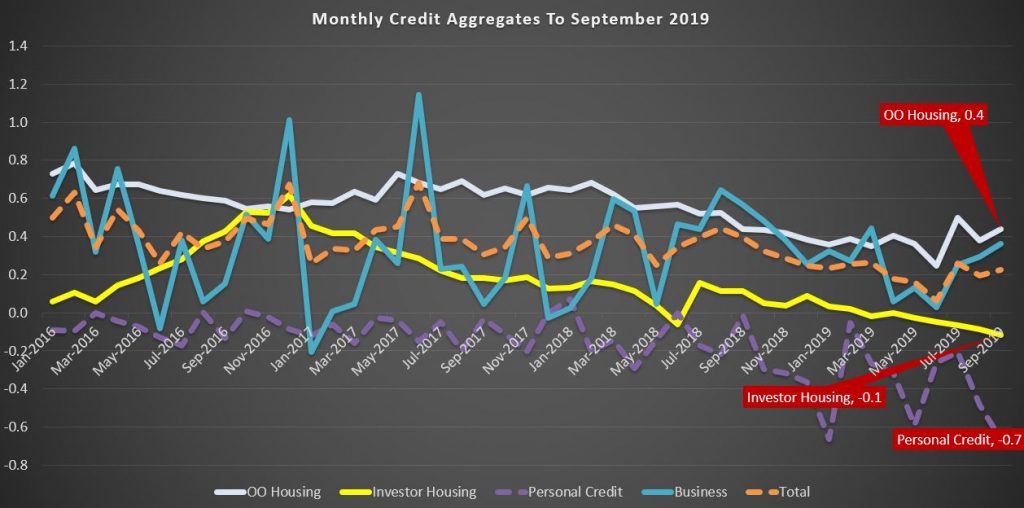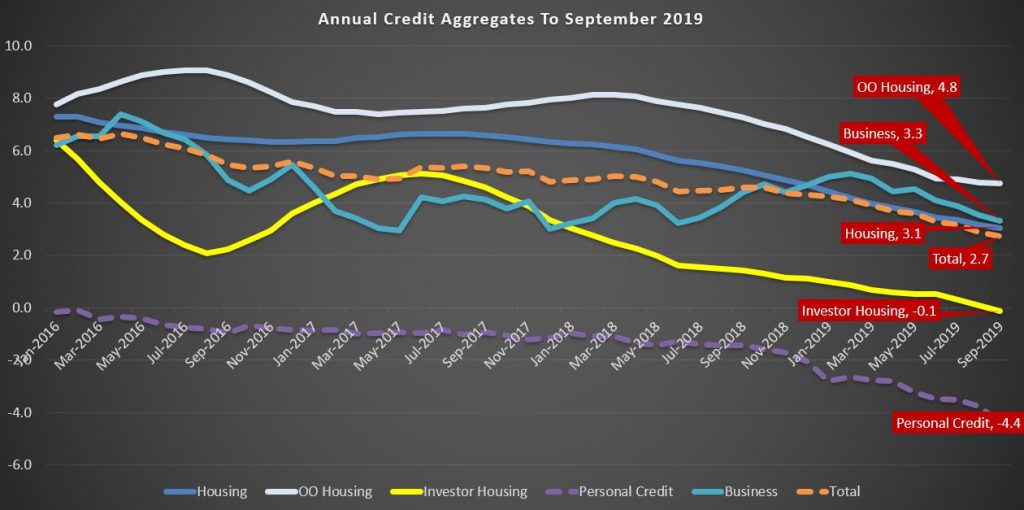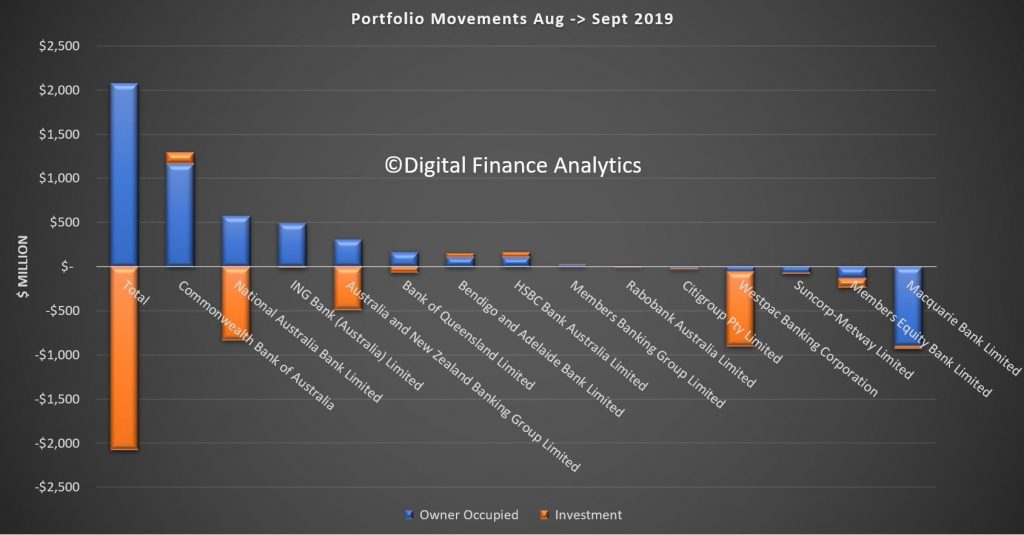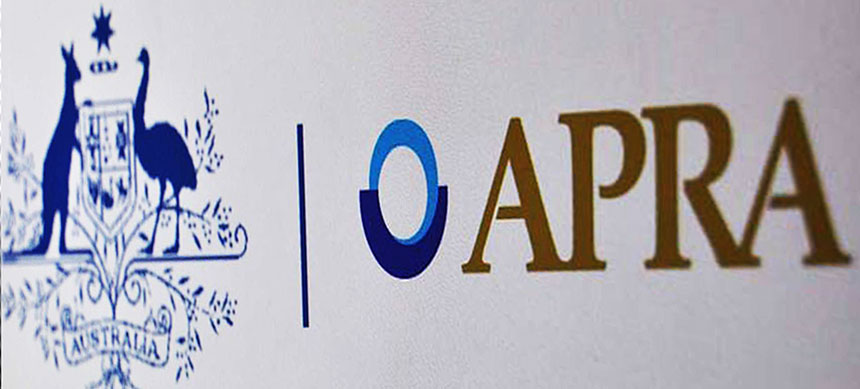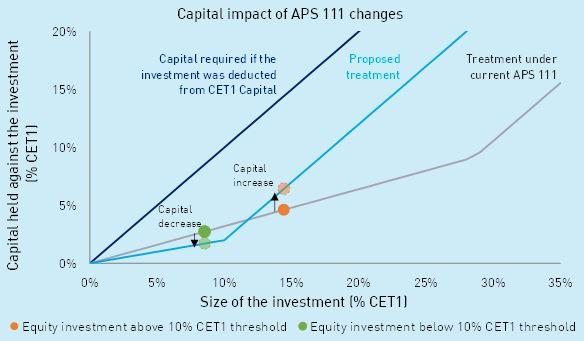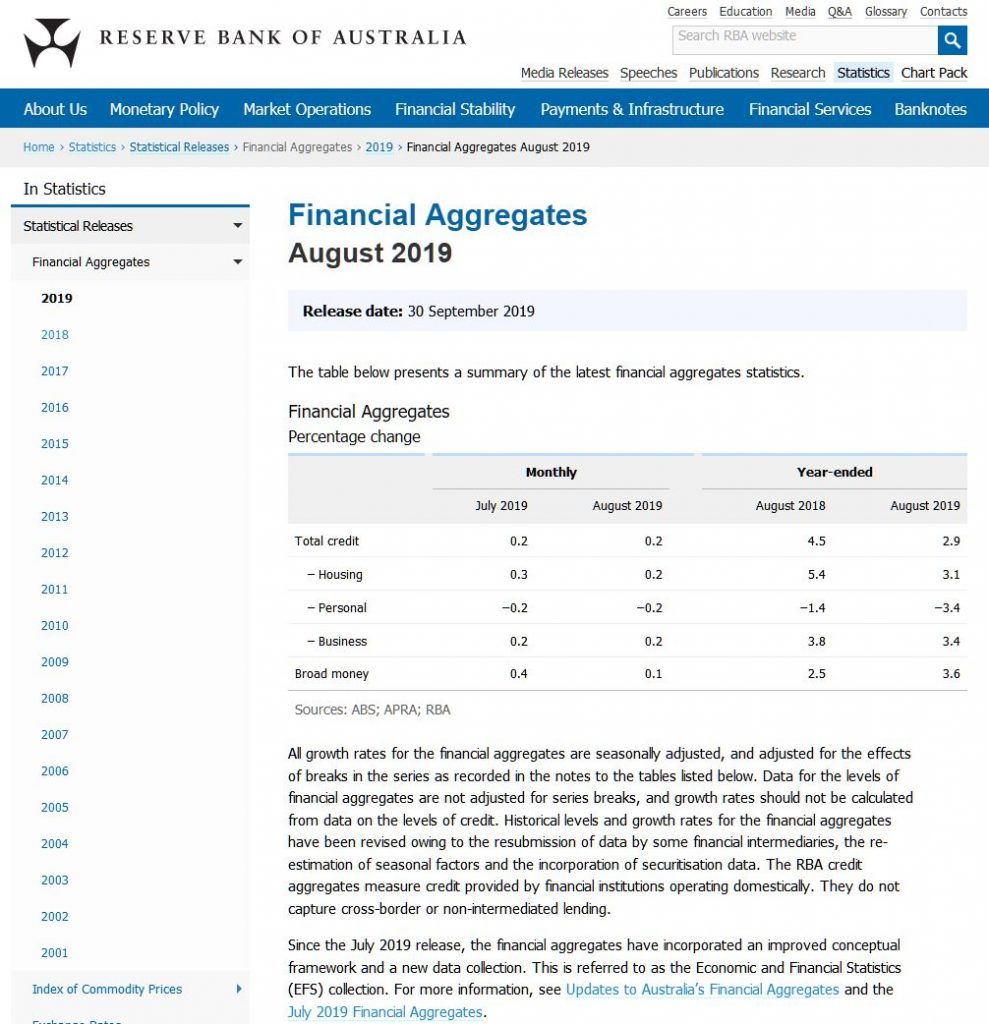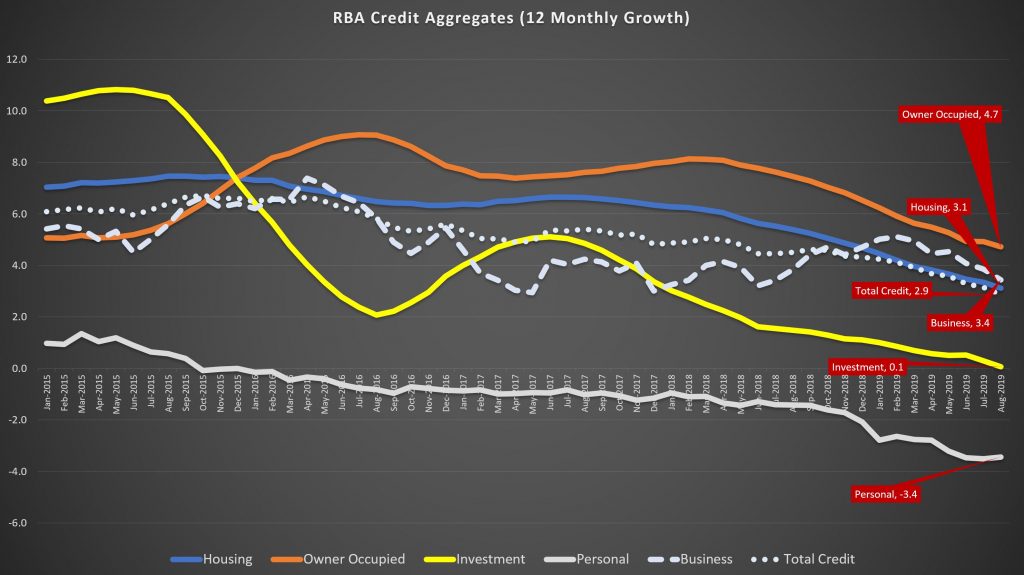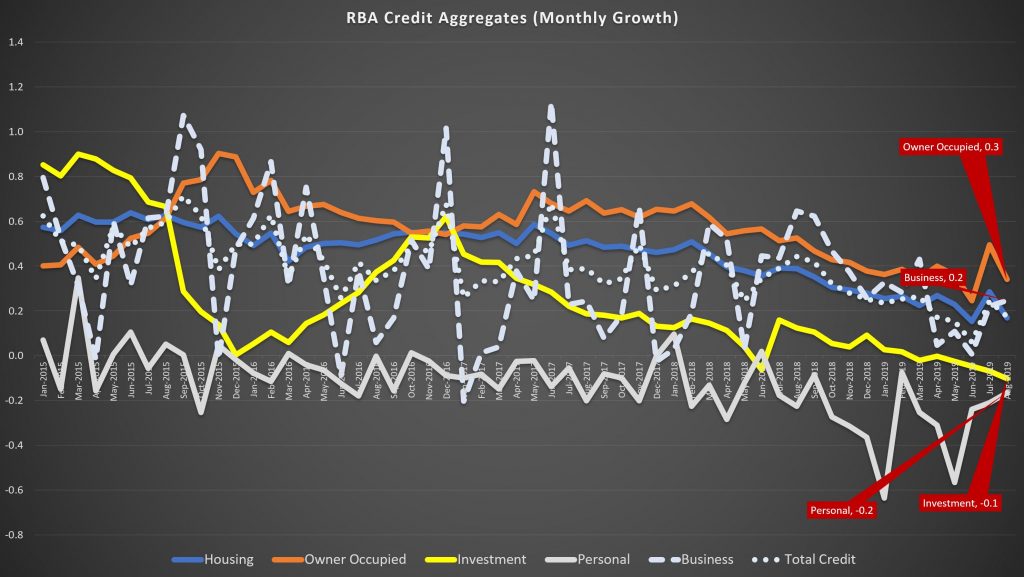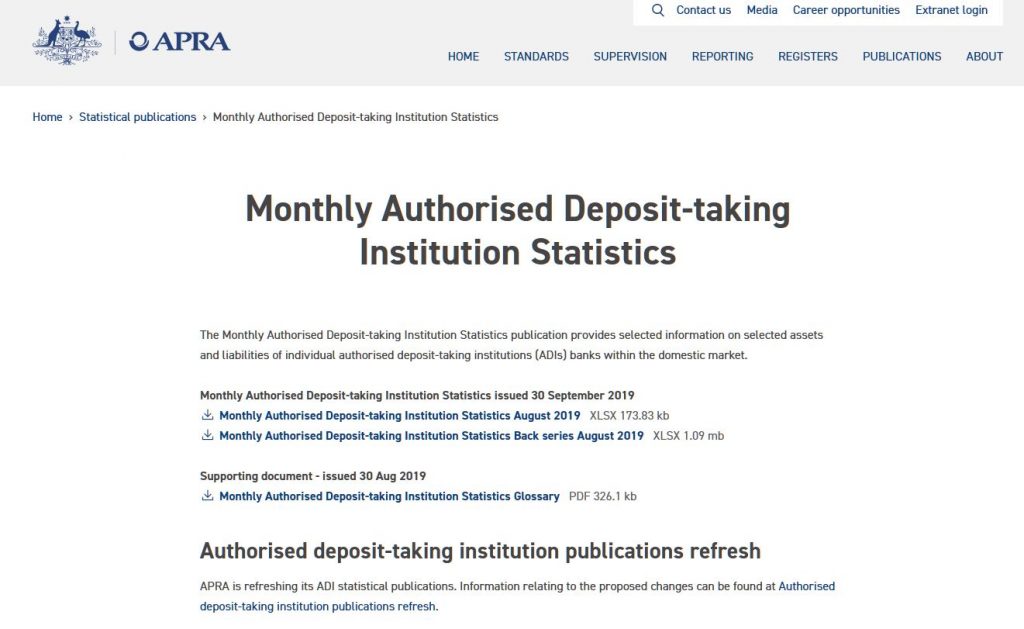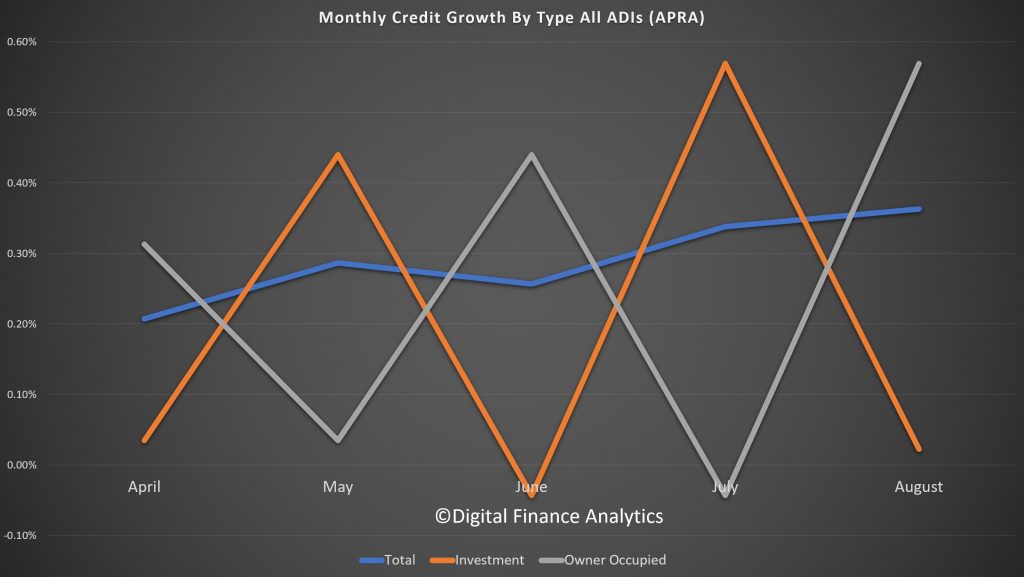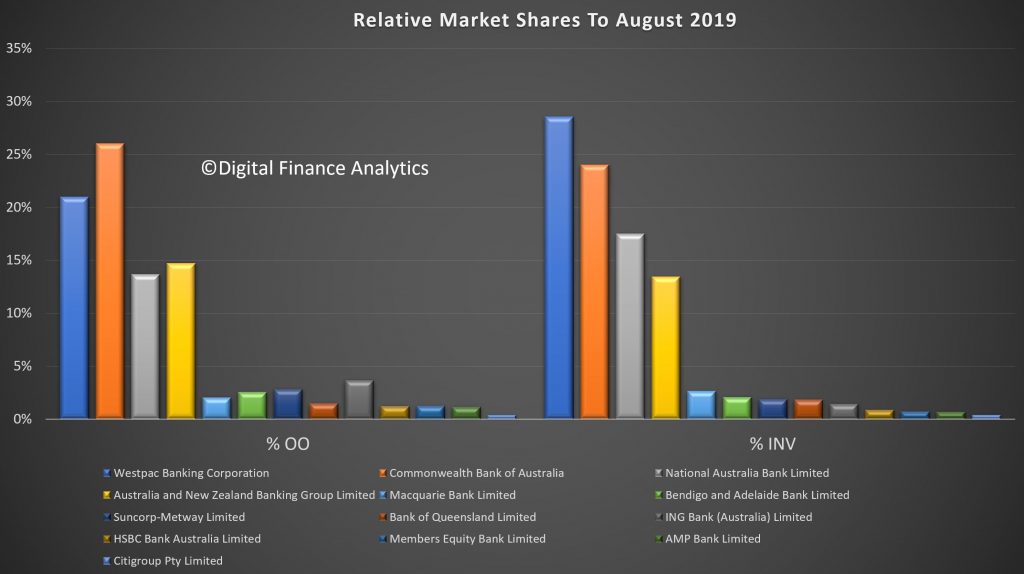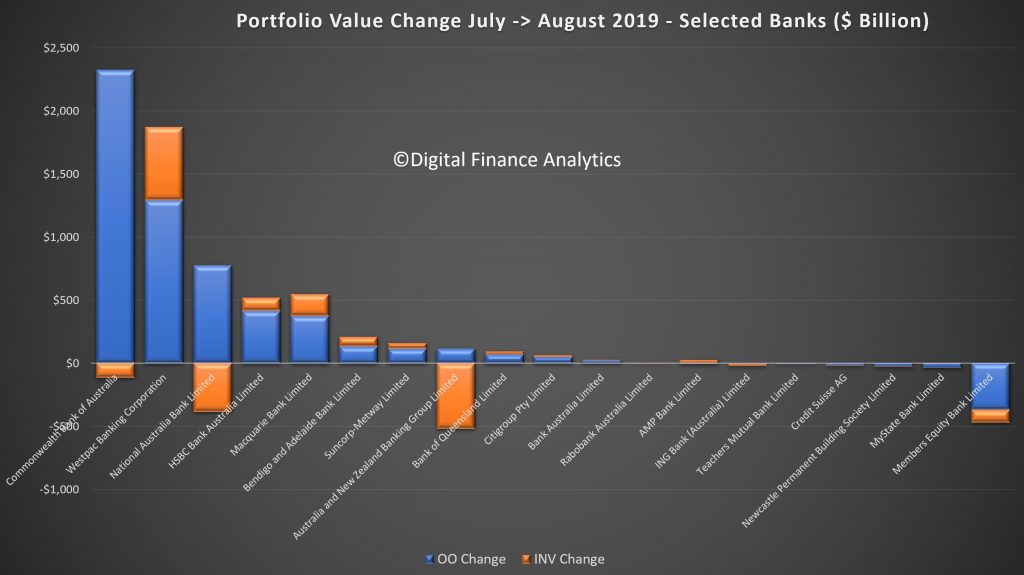The Australian Securities and Investments Commission (ASIC) and Australian Prudential Regulation Authority (APRA) have committed to strengthen engagement, deepen cooperation and improve information sharing.

The agencies today published an updated Memorandum of Understanding (MoU).
The updated MoU follows on from the recommendations of the Royal Commission into Misconduct in the Banking, Superannuation and Financial Services Industry[1]. APRA and ASIC are also working closely with Government on the legislative changes required to implement these recommendations.
ASIC Chair James Shipton said the updated MoU builds on the open and collaborative relationship across all levels of the agencies.
‘ASIC and APRA will continue to proactively engage and respond to issues efficiently to deliver positive outcomes for consumers and investors.
‘The MoU facilitates more timely supervision, investigations and enforcement action and deeper cooperation on policy matters and internal capabilities.’
APRA Chair Wayne Byres said enhanced cooperation reinforced the twin peaks model of regulation that has operated in Australia for more than 20 years.
‘ASIC and APRA share an interest in protecting the financial wellbeing of the Australian community and achieving a fair, sound and resilient financial system,’ Mr Byres said.
‘Strengthening engagement is a key priority of the ASIC Commissioners and APRA Members. We will continue to work closely together to enhance regulatory outcomes and achieve our respective mandates.’
This MoU, which will be reviewed on a regular basis, is only one aspect of how ASIC and APRA are establishing closer cooperation. Led by ASIC Commissioners and APRA Members, the agencies are regularly meeting under a revised engagement structure and working together on areas of common interest, including data, thematic reviews, governance and accountability. Both agencies are committed to detecting prudential and conduct issues early and working to revolve them efficiently and effectively.
The updated MoU is available on the ASIC website here.


